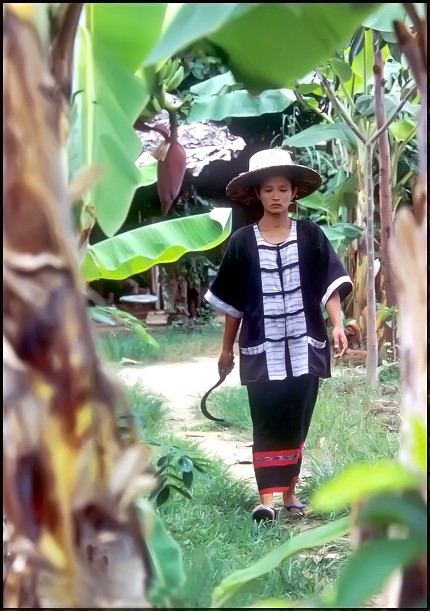- Joined
- Nov 19, 2013
- Messages
- 6,784
The farmers around here use parang, machete, coconut knives, corn knives, etc., etc., as their daily work cutting tools. All sharpen using files. In fact, when I asked one about why she used the file rather than a stone for her sickle, she said she prefered the rougher edge for harvesting rice.

Stitchawl
Really like this photo.:thumbup: As for using file to sharpen knife only time i use a file on a knife was to do this on my rat seven. Before and after.


Only use files on axes for most part. But file would work well to sharpen knife.
